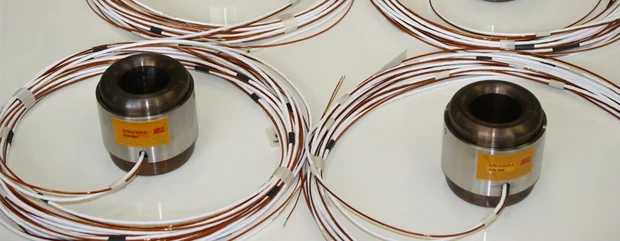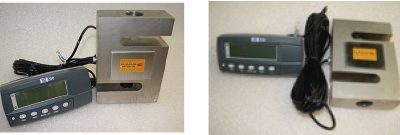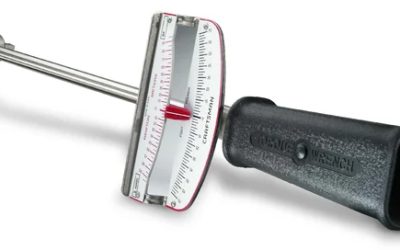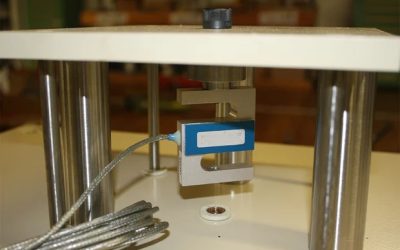Basic Facts
Load Cells 101: What You Need to Know

In engineering, load cells are often used to create electrical signals directly proportionate to the force in which they are measured. Designed to work in anywhere from -452 degrees F to 450 degrees F, load cells and torque sensor units are very resourceful.
Depending on the first and second element used to sense the force, five different types of load cells can be used. These types include gauge type, hydraulic, diaphragm, spool type, and ring type load cells. With more than 40 years of proven effectiveness, strain gauge technology is used by most cells. Even at temperatures of -76 degrees F, hydraulic load cells still maintain the ability operate. Before testing, it’s important to understand the different types of load cells and under what circumstances they will be used.
There are several measurement tools in creating torque sensors. Invented in 1918 by Conrad Bahr, the torque wrench tool is used to apply a certain amount of force to a nut or bolt for example. Calibration is very important in the use of torque measurement products. It is necessary when calibrating an instrument to compare the measurements of two instruments. These instruments include one that has a known magnitude and the other in which you measure while testing. Custom torque sensors are calibrated to just 360,000 pounds yet go beyond the calibration limit. Calibration does not need to occur very often with load cells. Most standards clearly state the longest period of time which is usually as little as once every two years. If the instrument being used has more than 1% corrosion, load cell calibration must happen more frequently.
At Sensing Systems, standard and custom load cells, torque sensors, calibration kits and instruments and electronics used to measure these products are all available. Not only can the products and tools be delivered, a range of services are also available. Specializing in custom sensor design, Sensing Systems uses standard designs whenever necessary and has the ability to integrate sensor designs into production parts. Sensing Systems can also perform measurements to test a variety of structures and components, offers calibration services for load cells, force and torque sensors as well as other electronics, and strain gaging. For even better peace of mind, complete system integrations are also available with one of our expert design engineers. If one of our products does not meet the needs of the customer, we have no problem designing something that does.
Basic Fundamental Facts
What Is Software Load Cell Calibration, What Can It Do For You?
Basic Facts What are load cells? Load cells are sensitive...
Best Practices for Torque Wrench Repair
Basic Facts In many manufacturing jobs, torque wrench...
What is Software Load Cell Calibration?
Basic Facts Load cells are very sensitive sensors that are used...



